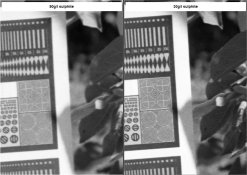My replies to postings:
@Rudeofus: It has recently (2010) been discovered that metaborate sequesters cations such as Ca++. Search for "metaborate sequester". Here's a sentence from what appears to be the first report about this: "A form of borax known as metaborate has been found to sequester divalent cations such as Ca++ and prevent precipitation." The concentrate has a moderate amount of metaborate in it, so perhaps it can keep the calcium in check. How do I test sequestering of calcium and magnesium? I hope to run a test-strip with my hard tap-water this evening, but if it works (no calcium spots), I'm not sure that means anything.
@PE: There are no mountains between me and the Pacific ocean, so we get an ocean breeze in the afternoon, moderating the summer heat. Pleasant.

We also get wildfires and earthquakes. Unpleasant.

@mikebarger: Here's the formula:
Propylene glycol ............ 24 ml
DimezoneS/Phenidone ......... 0.2 / 0.105 g (DimezoneS dissolves in 3-5 minutes)
Sodium metaborate 4 mol ..... 6.7 g (dissolves in 3-5 minutes; turns orange)
Ascorbic acid ............... 8.5 g (dissolves in 7-10 minutes; fizzes and turns clear)
Propylene glycol to ......... 33.3 ml (final volume; should need to add little)
Heat to 90C to dissolve everything and drive the water out of the metaborate.
Dissolve in the order shown, and dissolve completely before adding the next chemical.
To make one litre of developer, mix 33.3 ml of concentrate into water containing 90 grams of sodium sulfite. That's 1+29 dilution.
The specific gravity is 1.18, so 33.3 ml of concentrate weighs 39.3 g, letting you measure it by weight if desired.
Times are same as XTOL. Target pH is 8.33.
Mark Overton








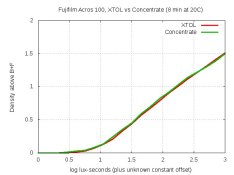
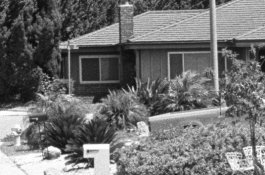


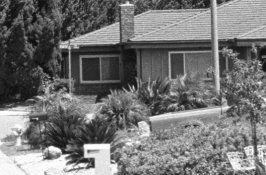




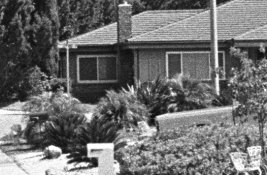


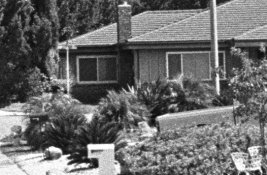
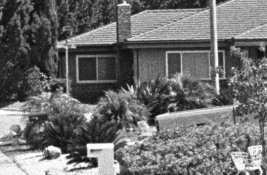
 We also get wildfires and earthquakes. Unpleasant.
We also get wildfires and earthquakes. Unpleasant. 
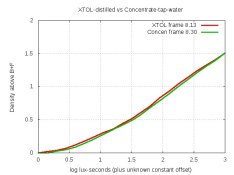


 *ducks*
*ducks* 
